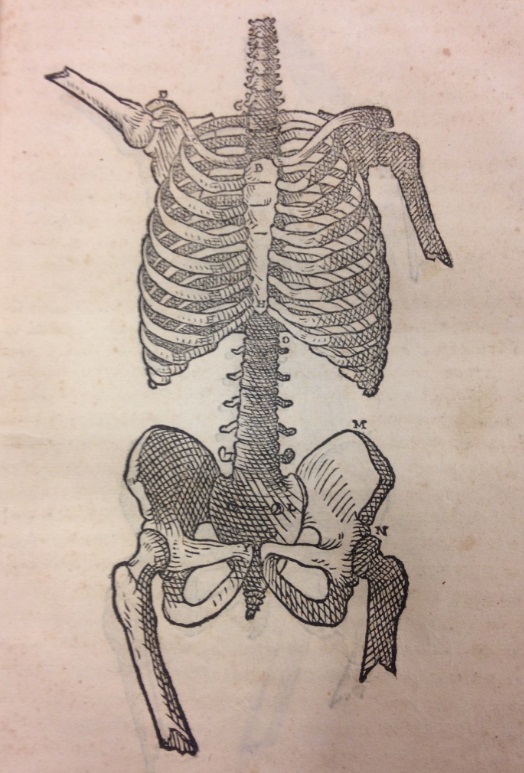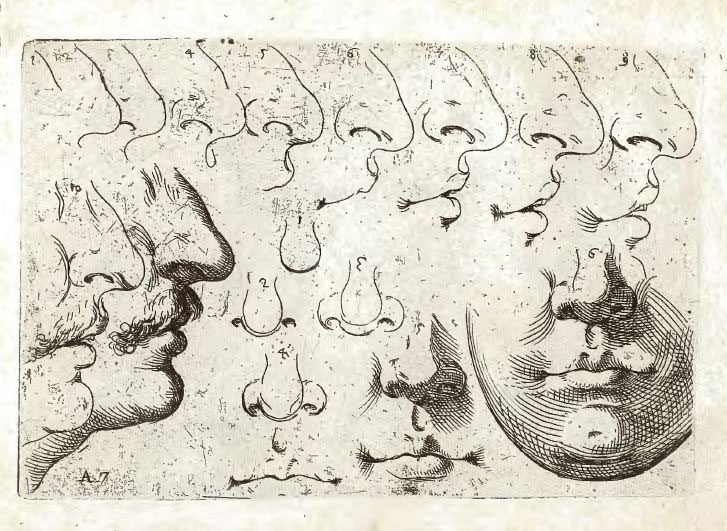
On Wednesday, June 14, at 10 am, celebrating II seminar "Art and Science in Modern Spain", organized by Carolina Alarcón and we will have the following presentations:
- Àngel Campos Perales (Museo Nacional del Prado-Meadows Museum)
- Ana Louise Hernández Pugh (Museo Nacional del Prado- Meadows Museum)
- Carolina Alarcón, “Juan Arfe y los estudios anatómicos artísticos del siglo XVI-XVII”.
- Àngel Campos Perales (Museo Nacional del Prado-Meadows Museum) ”See and Know God on the natural world: the scientists intereses of the Archbishop Juan de Ribera (1532-1611) and his pictorical collection”
From The Dukes of Calabria to San Juan de Ribera: naturalistic collections in the sixteenth century Valencia
University of Valencia, Research Scholarship and Training collections of the Prado-Meadows Museum (XVI-XVI). Since Julius von Schlosser was asked in 1908 what the strange mental mechanisms by which a person craves desperately meeting a set of objets that highlight his taste for what is beautiful, exotic and rare many have jobs that have tried to give a logical answer to this question. As participants of this proposal suggestive analysis, we consider the comparative study of the naturalistic collections gathered by the Dukes of Calabria, first, by San Juan de Ribera, then Valencia in the first and second half of sixteenth century, with the intention of unraveling what were the motivations underlying these famous regalia.
- Ana Louise Hernández Pugh (Museo Nacional del Prado- Meadows Museum) “Sketchbooks and apredisaje scientific library Juan Bordes”.
Sketchbooks: a new way to learn to draw the human figure
Sketchbooks from their appearance in Italy in the early seventeenth century, -in the hands of artists like Odoardo Fialetti, the Carracci and Giacomo Franco-, among others, have been a major support for the teaching aprenenetatge drawing that still continues today. His arrival was not sporadic, but rather as a result of continuous learning programs that had begun during the sixteenth century and always in close harmony with the previous records handwriting and models. Moreover, treaties painting, perspective or anatomy that had been developed in Europe helped boost the emergence of two-dimensional material. Moreover, drawing primers were able to modify the learning model previously developed at subsequent workshops and schools and provide the opportunity for individuals and fans could learn to dibuixr privately and individually in a private and without the direct presence of a master.
- Carolina Alarcón, “Juan Arfe y los estudios anatómicos artísticos del siglo XVI-XVII”.
Juan Arfe, Anatomia y De Varia Commensuración
During the sweltering summer of 1572, Valladolid, Spain witnessed a strange battle for custody of a set of anatomical wood engravings. The 28 woodcuts formed the basis of the ambitious artwork Juan Pitches "several Commensuración" which eventually would include anatomy, architecture, proportions, geometry, sundials and animals. Upon demand, Pitches was already a well-established and silversmith since the beginning of his book in Valladolid until its final publication, production and assembly is full of various lawsuits, rivalries, setbacks and a mad dash advertising through the narrow streets of Madrid to recapture a rhino killer. The history of production varies Commensuración, however, is more than just inspired by the vision of a peripatetic artist, is also the history of the development of science in the early modern Spain. This presentation will illustrate how Juan Arfe channeled lot of new knowledge in two books aimed at an audience of artisans and artists.
Images:



















